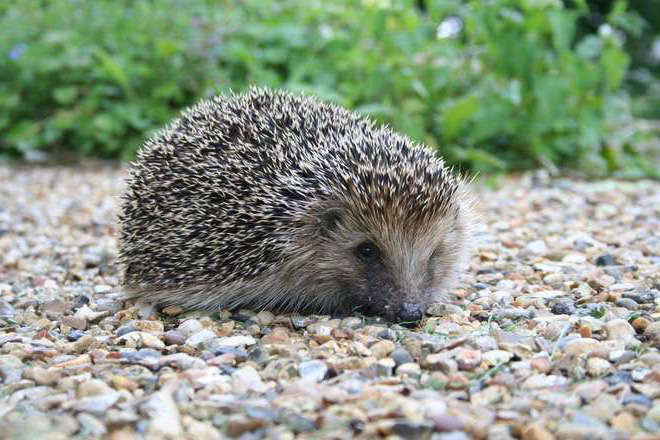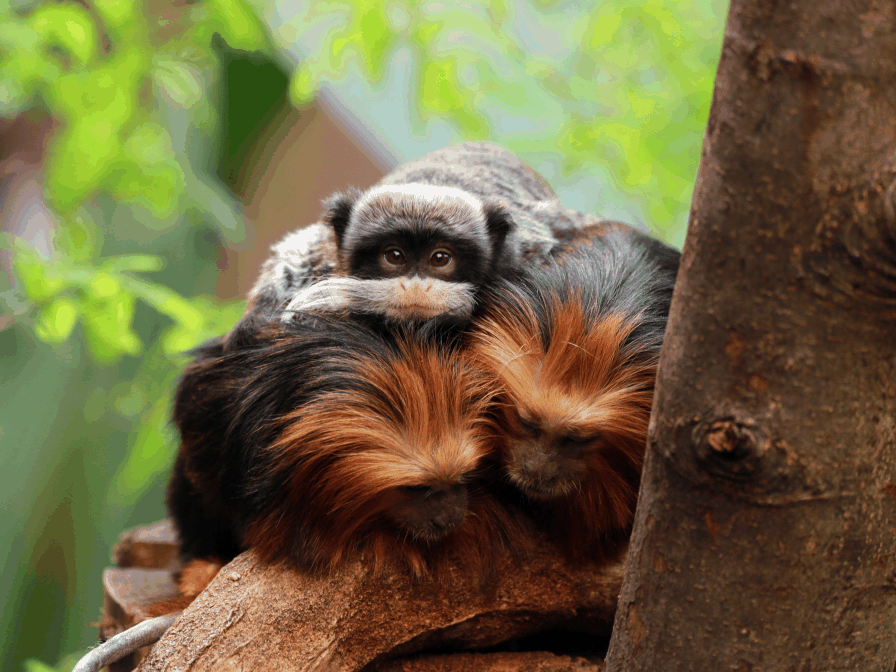
Where the wild things are…
Author: Chloe Written: 2017-08-23
From hedgehogs and frogs to beetles and butterflies, visitors to ZSL London Zoo will go home armed with ways of welcoming wildlife into their own gardens, picking up tips at the brand new Wildlife Garden, opening on Tuesday 15 August.
The brand new exhibit highlights the work of international conservation charity ZSL’s (Zoological Society of London) Garden Wildlife Health project - a citizen science initiative launched in 2013 and co-ordinated by ZSL vets - which identifies and investigates the health status of Britain’s garden wildlife, through the support of the general public.
Full to the brim with handy hints and guidance on how to make your garden an oasis for native wildlife, ZSL’s new Wildlife Garden will equip green-fingered visitors both young and old with ideas to help encourage creatures into their outdoor spaces.
From creating mini-beast hotels to building hedgehog highways through fences, the Garden showcases some of the ways ZSL’s horticulturalists strive to make the grounds of ZSL London Zoo as much of a home to native wild animals as it is to the many endangered species within its care.
ZSL’s Zoological Director, David Field said: “There are incredible creatures all around us right here in the UK, often in our own back gardens. We want to inspire the public to step outside and admire these small marvels of British wildlife - and then help us protect them.
“From amazing insects such as stag beetles and peacock butterflies to hedgehogs and blue tits, no matter how large or small your own outdoor patch, the Garden has plenty of ideas to help make it a welcoming home for wildlife.”
ZSL wildlife veterinarian, Dr Becki Lawson said: “Through the Garden Wildlife Health project we aim to monitor the health of the UK’s native wildlife and educate the public about any issues their local species are facing.
“There are so many simple ways that people can help their local wildlife thrive –ZSL’s new Wildlife Garden aims to share these ideas with our visitors so that they can transform their own gardens into a haven for native species.”
Since its launch, the Garden Wildlife Health project has received reports from more than 7,000 members of the public, which has helped to document a number of infectious diseases affecting populations in the UK - including the recent identification of snake fungal disease in UK snakes for the first time.
Image: Mike Toms

